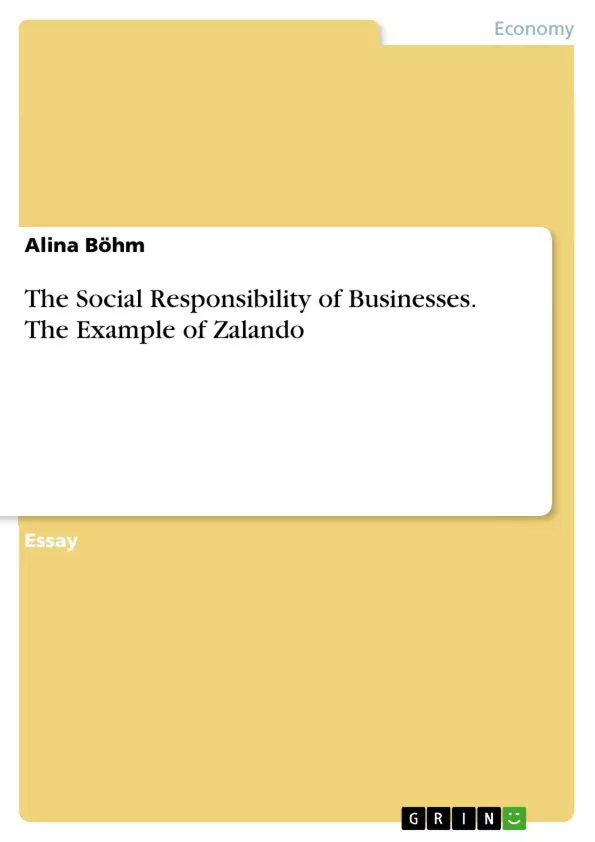The aim of this paper is to show to what extent companies have an interest in social engagement and whether this actually conflicts with the pursuit of profit maximization.
"There is one and only one social responsibility of business–to use its resources and engage in activities designed to increase its profits so long as it stays within the rules of the game, which is to say, engages in open and free competition without deception or fraud."
This quote comes from the American economist and later Nobel Prize winner Milton Friedman, with his statement he limited the responsibility of the company to only one function, the profit maximization. For Friedman, the social commitment of a company contradicted the goal of every economic company to maximize profits. From his point of view, corporate social responsibility meant that companies act fairly towards their stakeholders on the free market. This raises the question of the extent to which companies have scope to implement Corporate Social Responsibility measures and to what extent these measures and their effects can be evaluated.
Inhaltsverzeichnis (Table of Contents)
- 1. Introduction.
- 2. Definition CSR.
- 3. Implementation of CSR and motives..
- 4. Implementation of CSR as an example of Zalando...........
- 5. Conclusion...
Zielsetzung und Themenschwerpunkte (Objectives and Key Themes)
This scientific essay aims to examine the social responsibility of businesses, using the example of Zalando. It explores the concept of Corporate Social Responsibility (CSR) and its implementation, analyzing the motivations and strategies companies employ in this area. The essay aims to assess whether a company's social engagement can actually conflict with its pursuit of profit maximization.
- Definition and evolution of Corporate Social Responsibility (CSR)
- Motivations and strategies for implementing CSR programs
- The role of the Triple Bottom Line model in CSR development
- Examples of CSR implementation in the fashion industry
- Analysis of Zalando's CSR initiatives and their impact
Zusammenfassung der Kapitel (Chapter Summaries)
- Chapter 1: Introduction: This chapter introduces the concept of corporate social responsibility (CSR) and its relevance in today's business environment. It begins by discussing the contrasting perspectives on CSR, highlighting Milton Friedman's focus on profit maximization versus the broader, more inclusive view embraced by the European Commission. The chapter concludes with a brief outline of the essay's structure and its key objectives.
- Chapter 2: Definition CSR: This chapter examines the diverse interpretations of the term "Corporate Social Responsibility." It contrasts Milton Friedman's view of business responsibility as profit maximization with the broader perspective of the European Commission, which emphasizes integrating social and ecological aspects into business activities. The chapter underscores the growing importance of ecological considerations in today's context.
- Chapter 3: Implementation of CSR and Motives: This chapter explores the practicalities of implementing CSR programs. It examines the challenges associated with outsourcing production abroad, highlighting the importance of ensuring compliance with health and safety regulations. The chapter also delves into the five steps involved in developing a successful CSR program, emphasizing the need for clear goals, target group identification, effective communication, credible actions, and continuous monitoring. It further examines the key motivations that drive companies to engage in CSR initiatives.
Schlüsselwörter (Keywords)
This essay focuses on key terms and concepts related to Corporate Social Responsibility (CSR), including profit maximization, stakeholder engagement, sustainability, the Triple Bottom Line, ecological and social responsibility, and the implementation of CSR strategies in the fashion industry, exemplified by the company Zalando.
- Citar trabajo
- Alina Böhm (Autor), 2020, The Social Responsibility of Businesses. The Example of Zalando, Múnich, GRIN Verlag, https://www.grin.com/document/922408



